In one of the most volatile League of Legends metas for support players ever, champions traditionally played as AD carries (ADCs) are stepping away from constant, high damage in favor of support items and wards.
Though the support role is usually full of viable enchanters and tanks that never truly fall far outside of the meta, League’s season 2023 has forced players to opt for new strategies that ensure games are not snowballed within the first few minutes. To do so, support players have placed their pocket Leonas and Nautiluses on the side in favor of joining their ADCs as marksmen of their own.
Last year, support Ashe grew in prevalence on the Rift, completely overshadowing her intended role in the ADC position and forcing Riot to step in with buffs for that role—while keeping her support presence viable. Since then, not only has Ashe remained a powerful support option with her access to quick, reliable crowd control, but now players in solo queue and professionally are bringing other unorthodox ADCs into the support role, like Caitlyn and Kalista.
Previously, the only support marksman specifically made for the role was Senna, who was designed specifically to heal, shield, and disrupt from afar. But this playstyle became incredibly overwhelming when paired with specific champions in the bot lane, which quickly made Senna one of the most difficult champions to balance and has ultimately become the reason marksmen have stayed separated from the support role.
While the standard powerful pairings of Lucian/Nami, Zeri/Yuumi, and Sivir/Yuumi continue to dominate professional play internationally, the new double marksmen bot lanes appear to be the direction that the meta will continue for the next several months. Here’s a look at why this meta has emerged and what makes it so strong.
More poke, more gold, faster support item
ADCs in the support role typically opt to start with a Spectral Sickle, which is the AD equivalent of the popular Spellthief’s Edge. Like its AP counterpart, Spectral Sickle provides champions that build it with extra gold for damaging opponents and enemy structures, something that ADCs who possess some of the longest range of basic attacks and abilities in the game can do easily.
This item, though powerful, remained widely unused since its release since the only champion that could use it efficiently was Senna. Even Pyke, who is one of the very few other AD support champions, opts to build Steel Shoulderguards since he is a melee champion and can’t poke champions as easily as ranged ones.
Upon completing the item’s first quest, players are able to place three wards down at a time, thus creating pockets of vision around the map that make it difficult to engage the bot lane—despite there being two champions on one side that don’t have access to considerable mobility. Marksmen being able to constantly poke their enemies in lane from a safe distance can lead to them being able to complete both item quests within 10 minutes, thus allowing them to make more of an impact around the map outside of just the bot lane.
The amount of gold this item provides champions that can proc it also allows them to purchase a very strong item as their first purchase, one that has been controversial for more than a year.
Umbral Glaive is still a broken item
Alongside a hefty rework to lethality in season 2019, Riot Games added Umbral Glaive into the game, an item that not only provided a large chunk of this stat but also allowed players that built it to discover and one-shot wards on the map—without needing a Control Ward or Oracle’s Lens.
For a number of months, the only champion that could use this item reliably was Senna since lethality still wasn’t at a strong enough point. But over time, it became essential in the kits of assassins and various AD junglers like Graves, now venturing back into the support role as the first item bought by supportive ADCs.
As there is no AP counterpart to Umbral Glaive, picking an enchanter, mage, or tank in a meta where map awareness is so important can act as a detriment rather than a helping hand to allies. These champions rely primarily on the wards stacked in their support item for vision and can only really counter vision through placing Control Wards or having Oracle’s Lens off-cooldown.
Another reason Umbral Glaive has remained strong is its synergy with the Domination tree rune Zombie Ward. If players have this rune, any opposing ward they destroy is replaced with a one-health ward for their own team, completely removing the need to place a ward at all. Since Umbral Glaive destroys wards with one attack, a new, friendly one spawns almost instantly. This also doesn’t take up a ward from the support item slot, so those are still available to use when stacked.
It is currently not clear if Riot plans to nerf support items or Umbral Glaive in the near future, but if the meta continues to shift in this double-ADC bot lane direction, the developer may be forced to step in and bring the support meta back to a healthy spot.


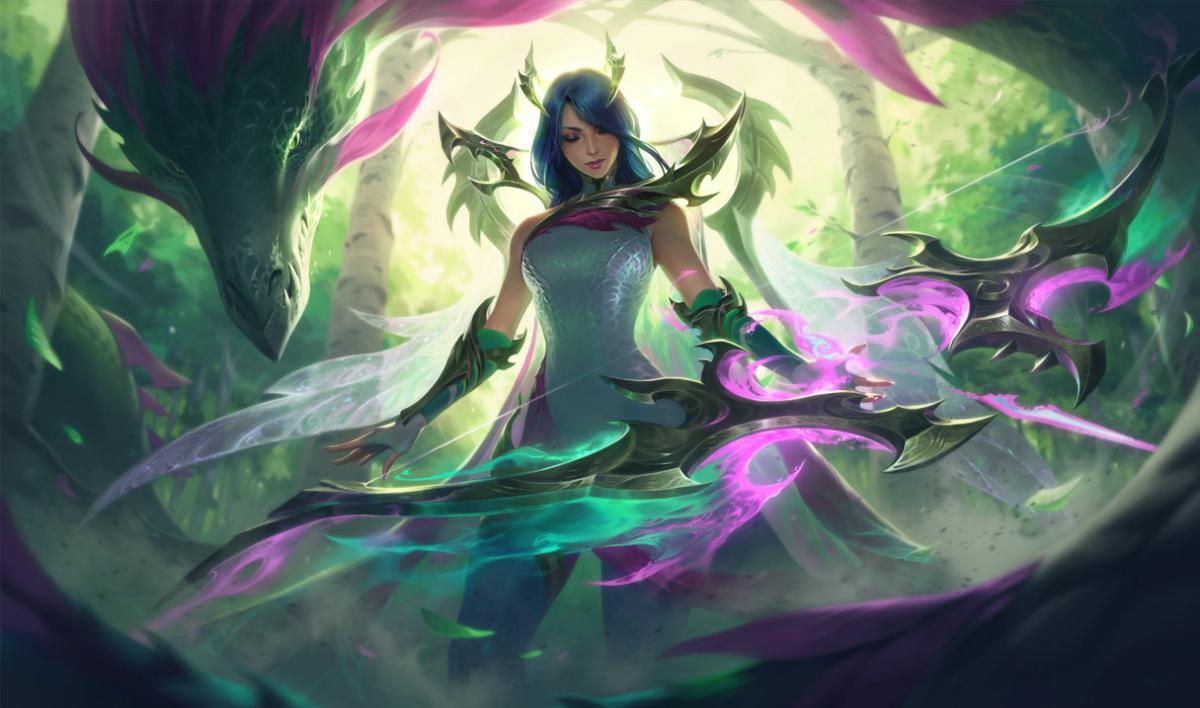
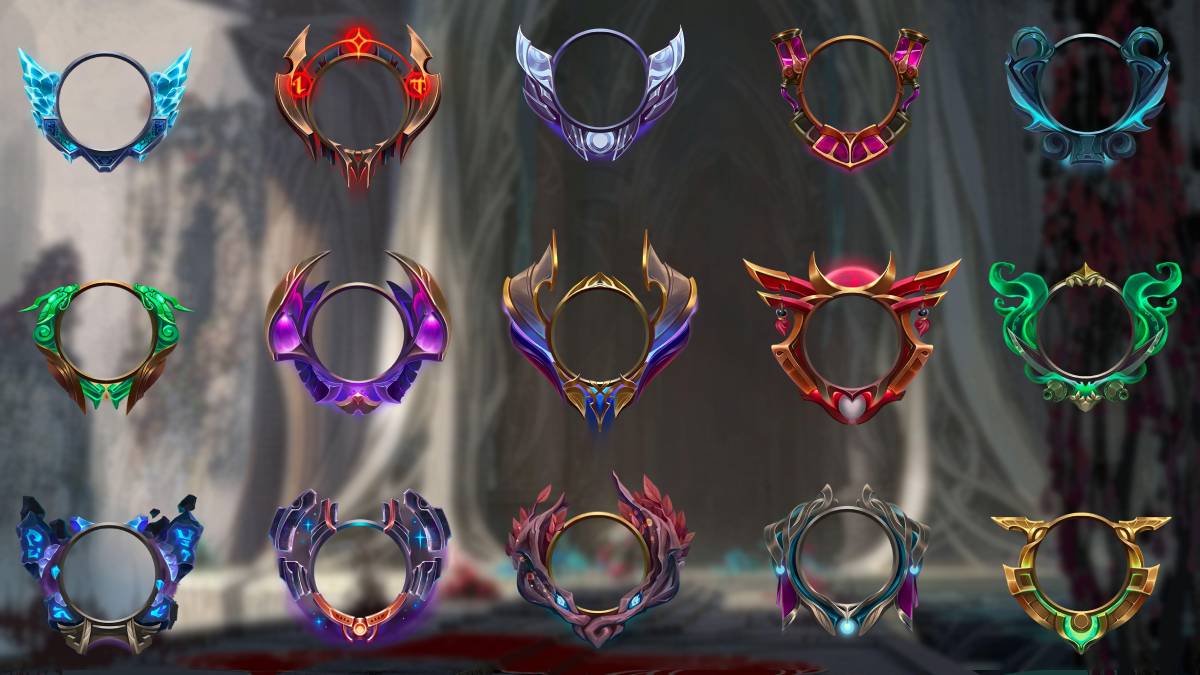
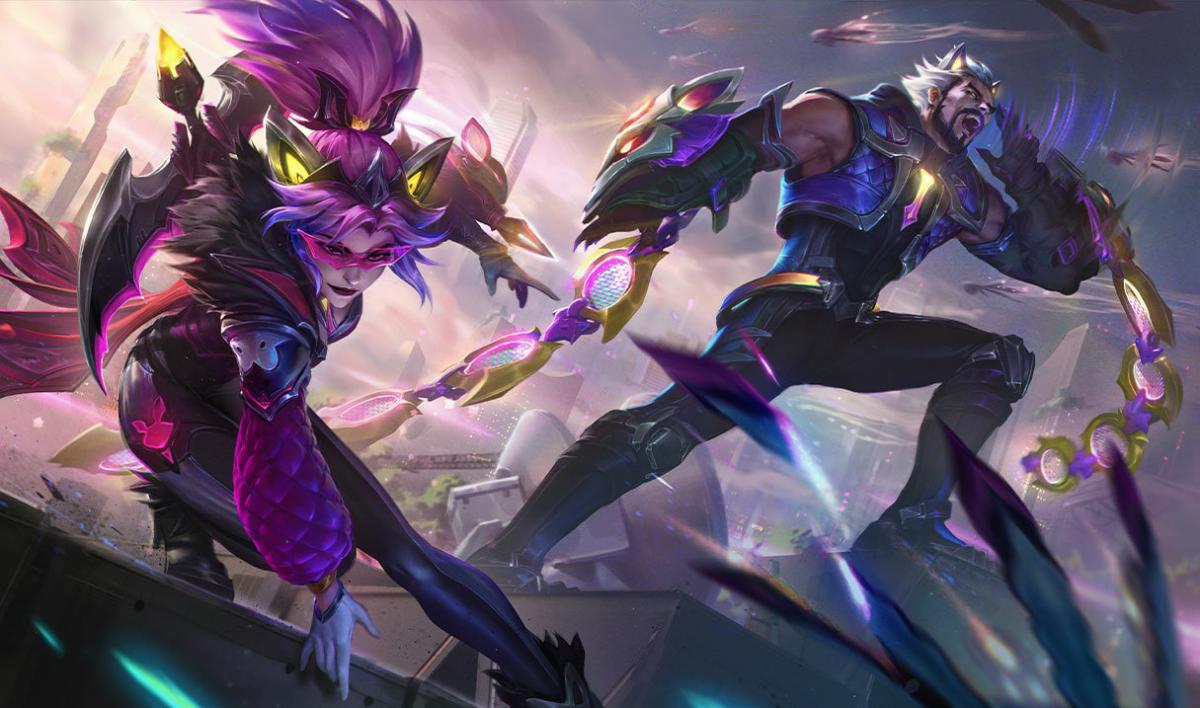

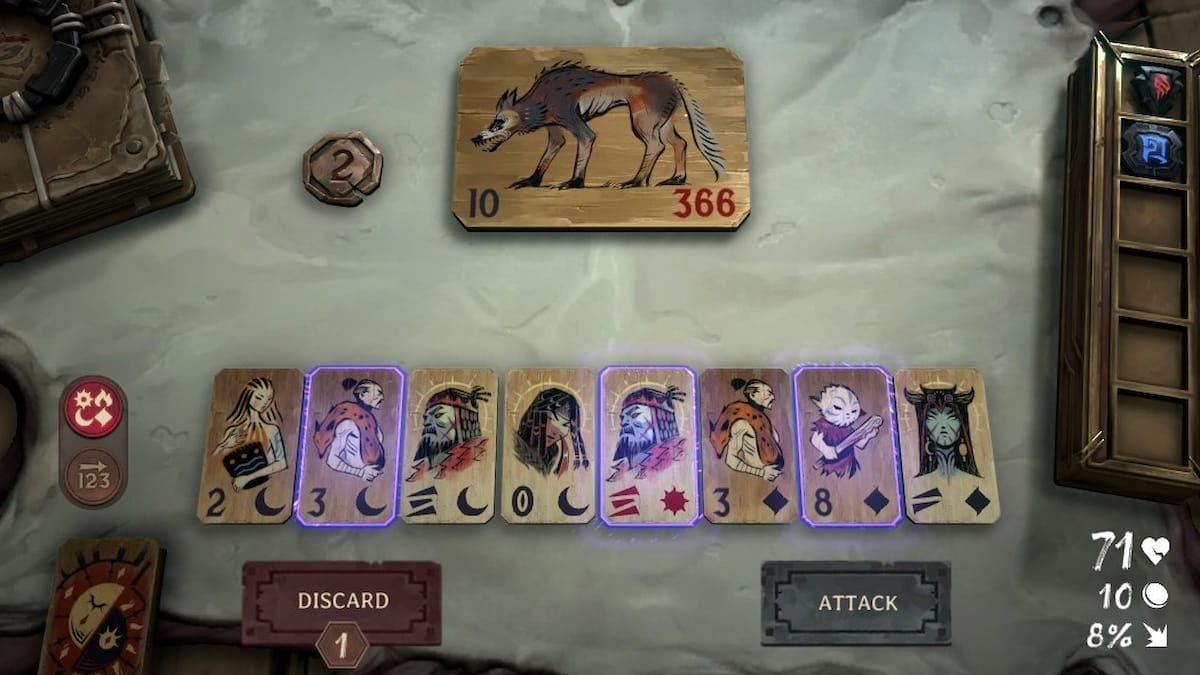
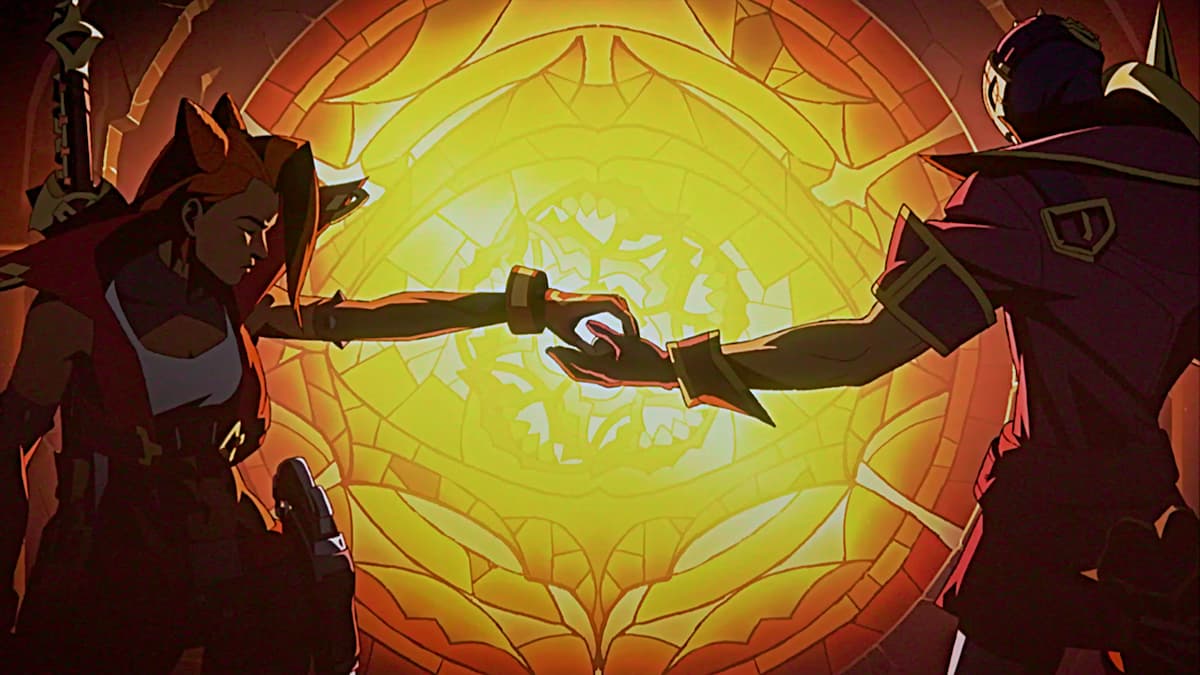



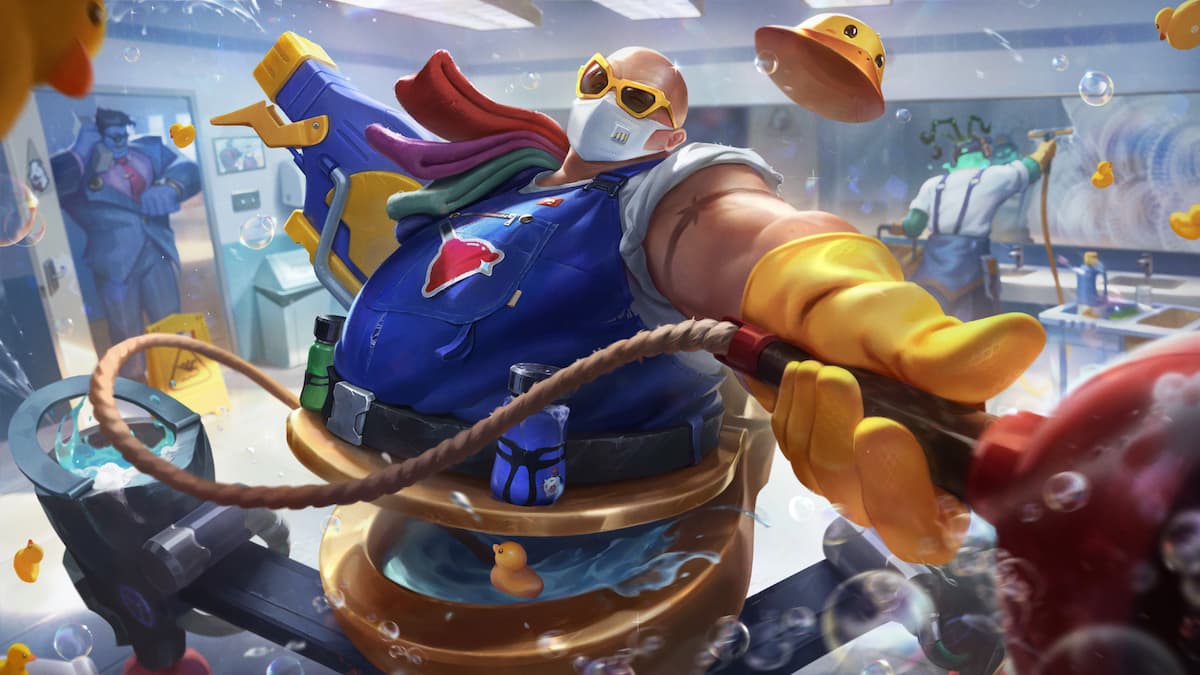

Published: Jan 30, 2023 06:23 pm